This conceptual pairing of eVTOL and electric superyacht is a new expression of stealth wealth
Silent Yachts has teamed up with British eVTOL manufacturer VRCO to integrate the Xcraft XP4 into the flagship Silent 120 electric catamaran

The still somewhat speculative world of eVTOL (electric vertical take-off and landing) transportation has received a fillip in the form of this partnership between Silent Yachts and Derby-based start-up VRCO, creators of the forthcoming Xcraft XP4 aircraft. While not as economically substantial as Stellantis’ partnership with Archer Aviation, the tie-in should certainly raise the profile of both companies and give billionaires something new to dream about.
Silent Yachts and VRCO team electric catamaran with eVTOL

Whilst everyone else is wondering how eVTOL will change the shape of airports, Silent Yachts and VRCO are pondering how to integrate electric aviation into the world of the superyacht. The proposal starts with Silent Yachts’ Silent 120, the as-yet-unbuilt flagship of the Austrian company’s fleet of all-electric superyachts (we looked at the Silent 55 in a Cannes Yachting Festival round-up back in 2018).
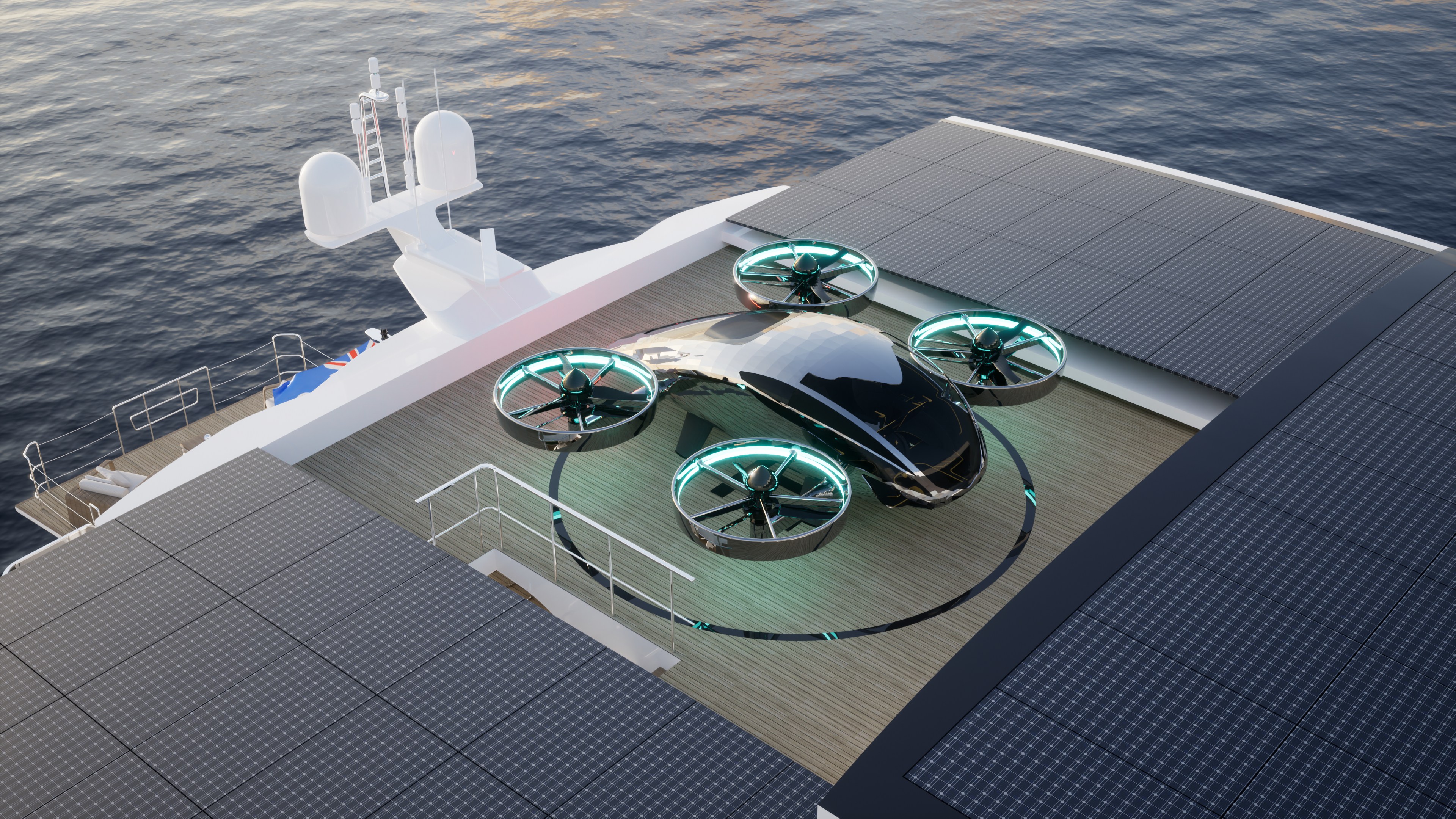
The two firms have struck up the first-ever collaboration between a yacht builder and an aircraft manufacturer, although VRCO’s design is still at least 12 months away from receiving certification. Described as a ‘hyper luxury supercar of the skies’, VRCO’s four-seater XP4 is powered by four tilting and rotating turbofans and carries a ballistic parachute for emergencies. There’s also talk of a hydrogen-based range extension system for additional security in the skies.

The vision is that each bespoke XP4 will take material and design choices from the yacht interior, styled inside and out by Italian designer Marco Casali. The Silent 120 is the culmination of Silent Yachts’ founders Heike and Michael Köhler’s successful vision of a fleet of zero-emission superyachts, using a vast array of solar panels to create unlimited range and a total absence of noise and air pollution when running or moored.

Atop the large explorer-style catamaran, 36.74m long with an 13.85m beam, there’s more than enough space to land an eVTOL craft. Clever engineering will enable the yacht’s solar panels to slide away to create the touch-and-go helicopter pad – a distinction that means the zone doesn’t need to comply with many of the more complex regulations about taking off and landing at sea.
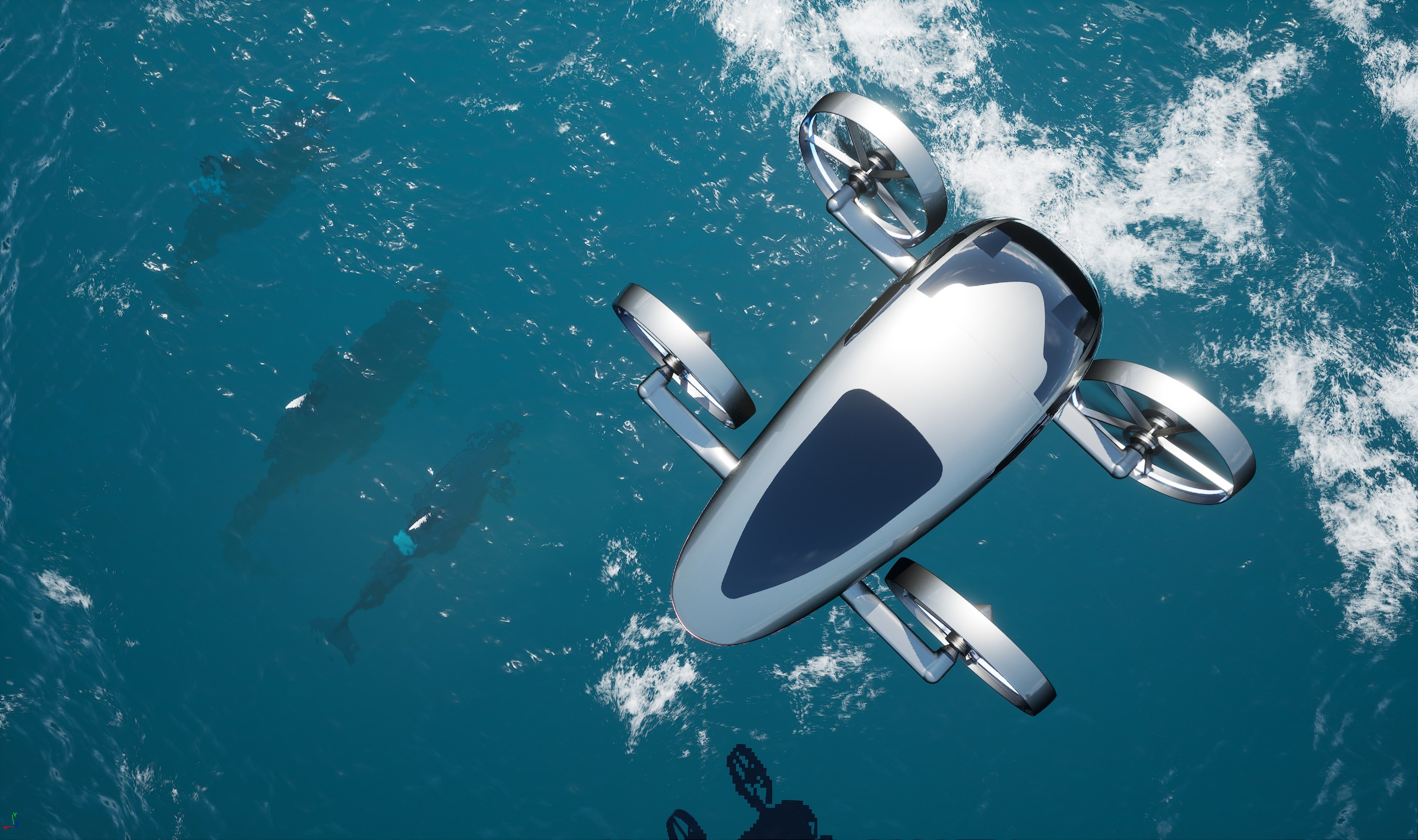
From eVTOL aircraft to personal submarine
The boat builder has also announced a collaboration with personal submarine builders U-Boat Worx, a rather more conventional pairing for the superyacht world. The latter’s Nemo submarine is also electrically powered and will use the yacht’s panels to charge it up for silent forays down in the ocean’s depths. The yacht’s spacious interior means that stowage space for ‘toys’ like the Nemo is abundant, without compromising the size of the cabins and decks.
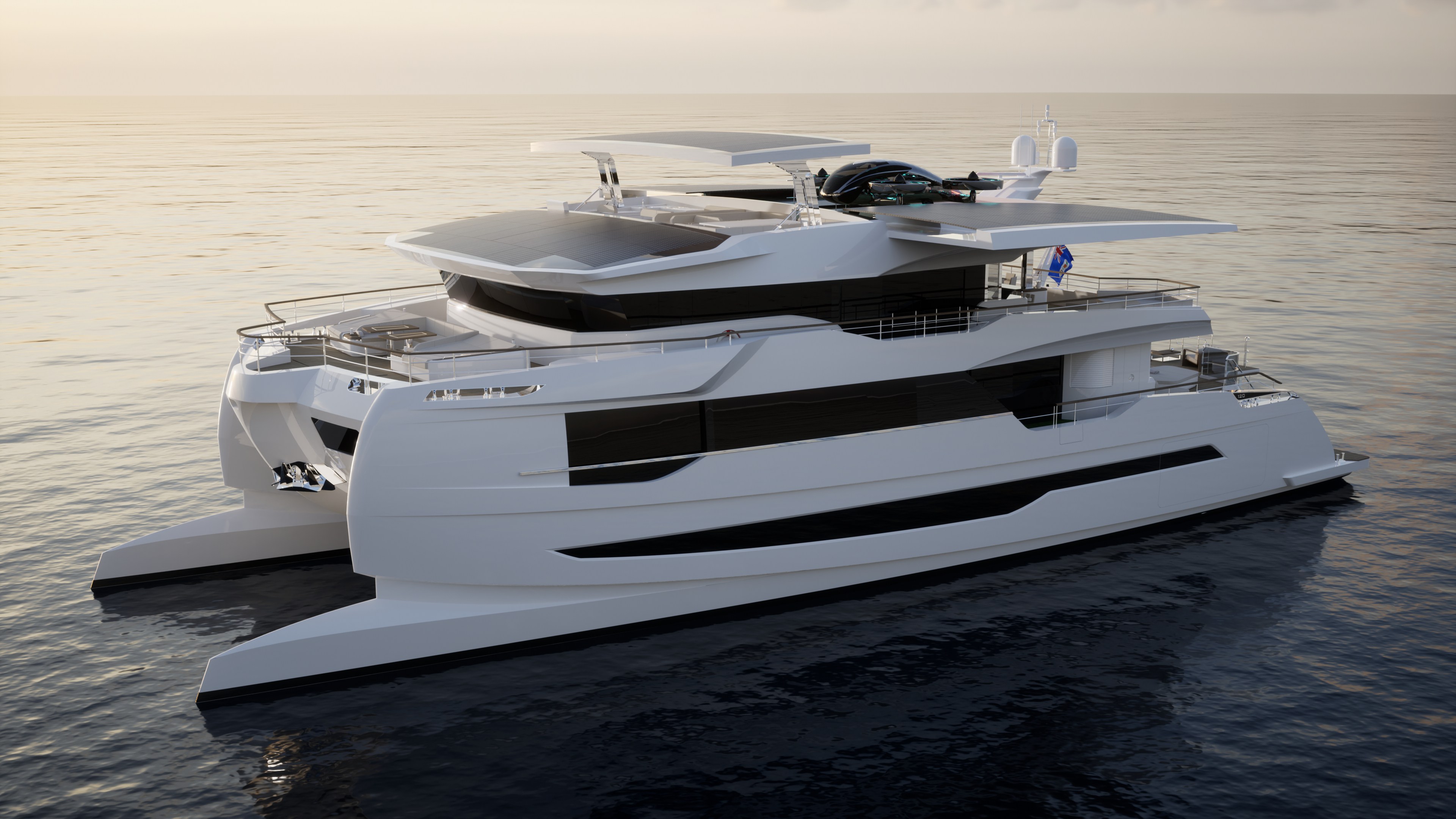
The first Silent 120 is currently in build, although there’s no word yet as to whether the future owner will include an XP4 in their specification. Given that every superyacht is the result of one person’s extraordinary flight of fancy, we wouldn’t be surprised.
Receive our daily digest of inspiration, escapism and design stories from around the world direct to your inbox.
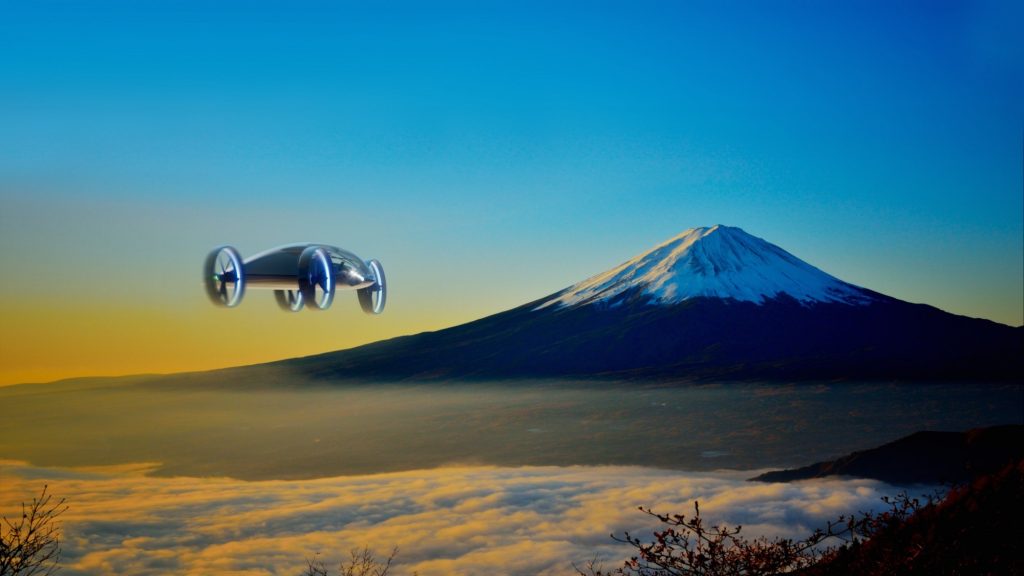
Jonathan Bell has written for Wallpaper* magazine since 1999, covering everything from architecture and transport design to books, tech and graphic design. He is now the magazine’s Transport and Technology Editor. Jonathan has written and edited 15 books, including Concept Car Design, 21st Century House, and The New Modern House. He is also the host of Wallpaper’s first podcast.
-
 A day in Ahmedabad – tour the Indian city’s captivating architecture
A day in Ahmedabad – tour the Indian city’s captivating architectureIndia’s Ahmedabad has a thriving architecture scene and a rich legacy; architect, writer and photographer Nipun Prabhakar shares his tips for the perfect tour
-
 You can now stay in one of Geoffrey Bawa’s most iconic urban designs
You can now stay in one of Geoffrey Bawa’s most iconic urban designsOnly true Bawa fans know about this intimate building, and it’s just opened as Colombo’s latest boutique hotel
-
 Pentagram’s identity for eVTOL brand Vertical Aerospace gives its future added lift
Pentagram’s identity for eVTOL brand Vertical Aerospace gives its future added liftAs Vertical Aerospace reveals Valo, a new air taxi for a faster, zero-emission future, the brand has turned to Pentagram to help shape its image for future customers
-
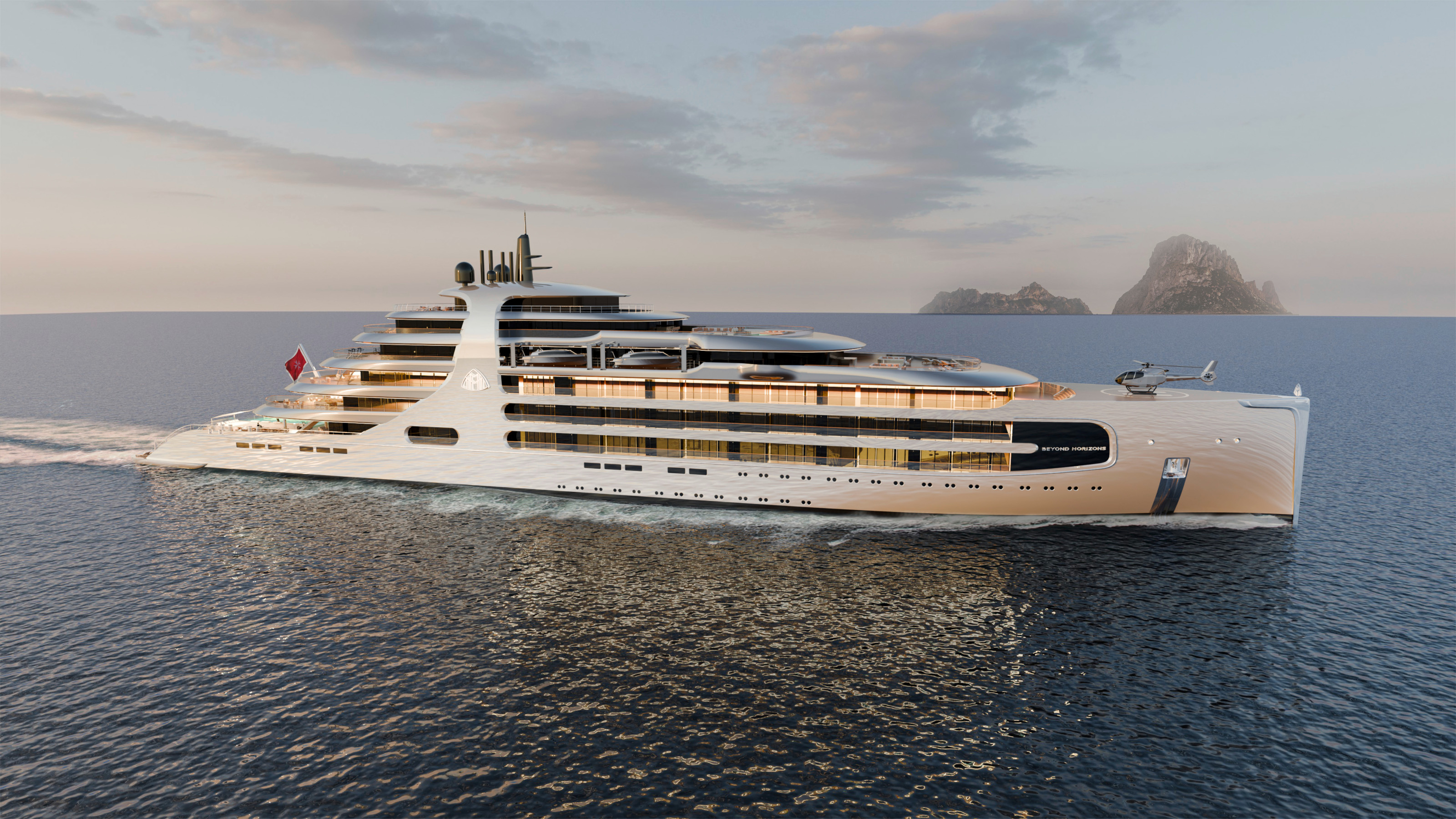 The Maybach Ocean Club is a floating members’ club for the super-rich
The Maybach Ocean Club is a floating members’ club for the super-richMercedes-Benz Design has announced the upcoming Maybach Ocean Club, a ship-based enclave inspired by automotive luxury
-
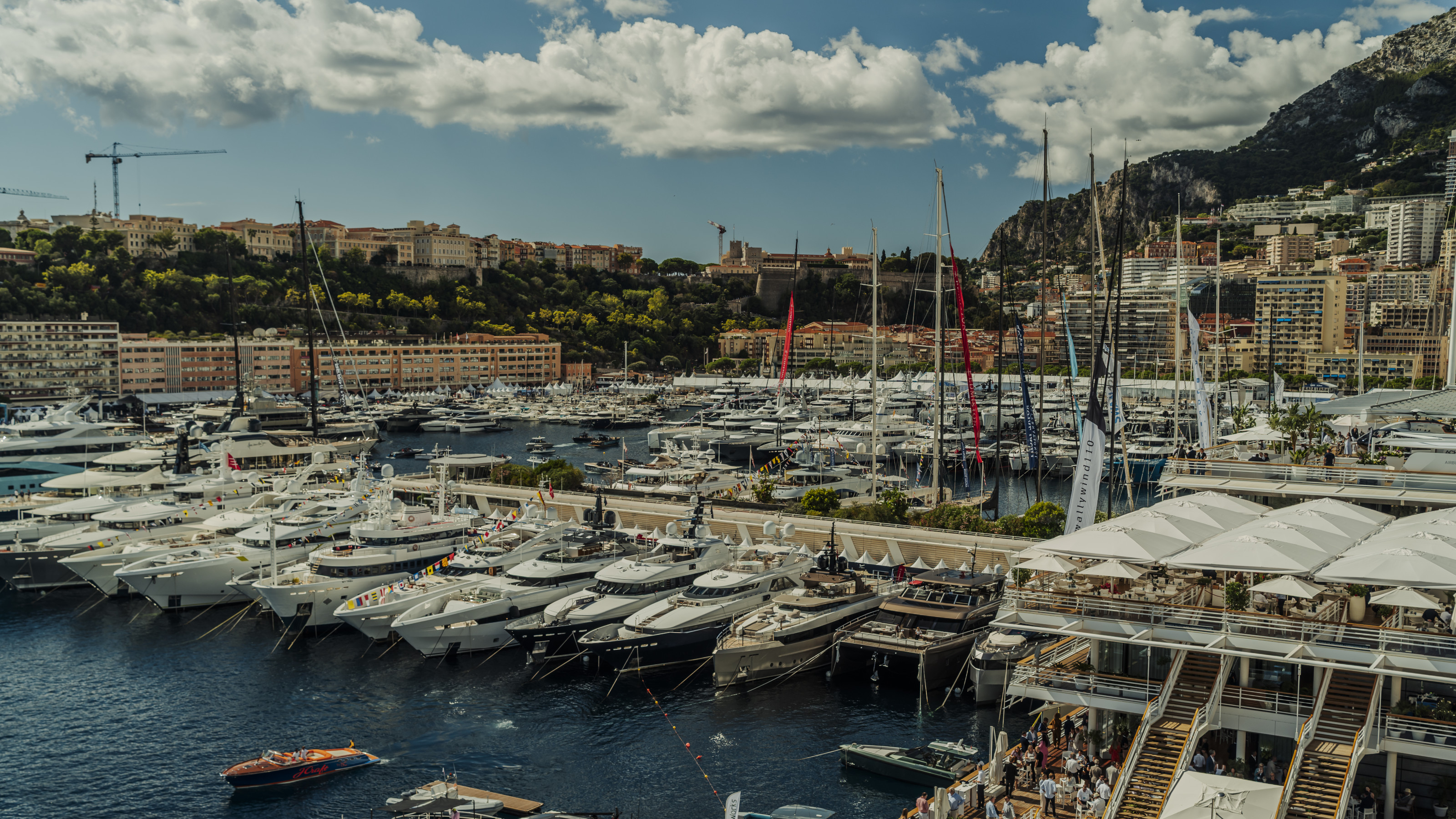 In Monaco, the world’s most famous yacht show up close
In Monaco, the world’s most famous yacht show up closeThe Monaco Yacht Show is one of the most famous annual celebrations of wealth and ostentation. What’s new in the world of floating ultra-luxury?
-
 Salone Nautico is Genoa’s answer to Monaco, a scaled down yacht show with a local focus
Salone Nautico is Genoa’s answer to Monaco, a scaled down yacht show with a local focusAhead of the nautical extravaganza that is the Monaco Yacht Show, a smaller, more focused event takes place in Genoa. It’s not all superyachts and conceptual experiments – we visited Salone Nautico to survey the scene
-
 Outlier I concept yacht by Foster + Partners is unlike anything else at sea
Outlier I concept yacht by Foster + Partners is unlike anything else at seaLateral Naval Architecture’s radical internal restructuring gives Foster + Partners’ concept the scale and grandeur of a gigayacht, with an interior volume like no other
-
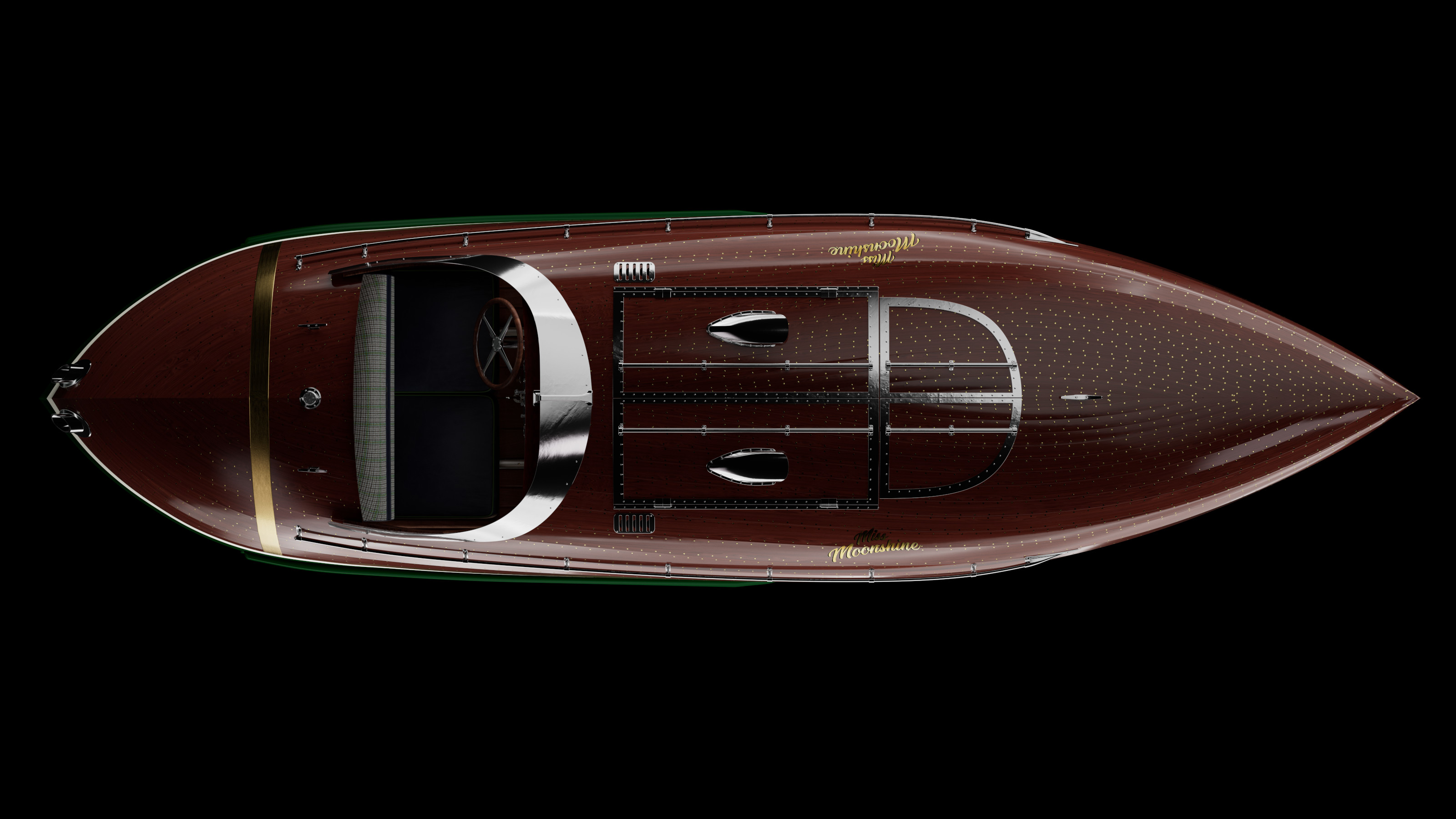 Boatbuilding meets Savile Row in this new collaboration between Huntsman x Fitzke
Boatbuilding meets Savile Row in this new collaboration between Huntsman x FitzkeMiss Moonshine is a speedboat that blends tweed, mahogany, and raw power with a heritage steeped in racing and smuggling
-
 Sanlorenzo presents three unique models at the British Motor Yacht Show
Sanlorenzo presents three unique models at the British Motor Yacht ShowThe Italian builder brings its largest-ever line up to the show, including an asymmetric yacht and a sporty entry-level vessel
-
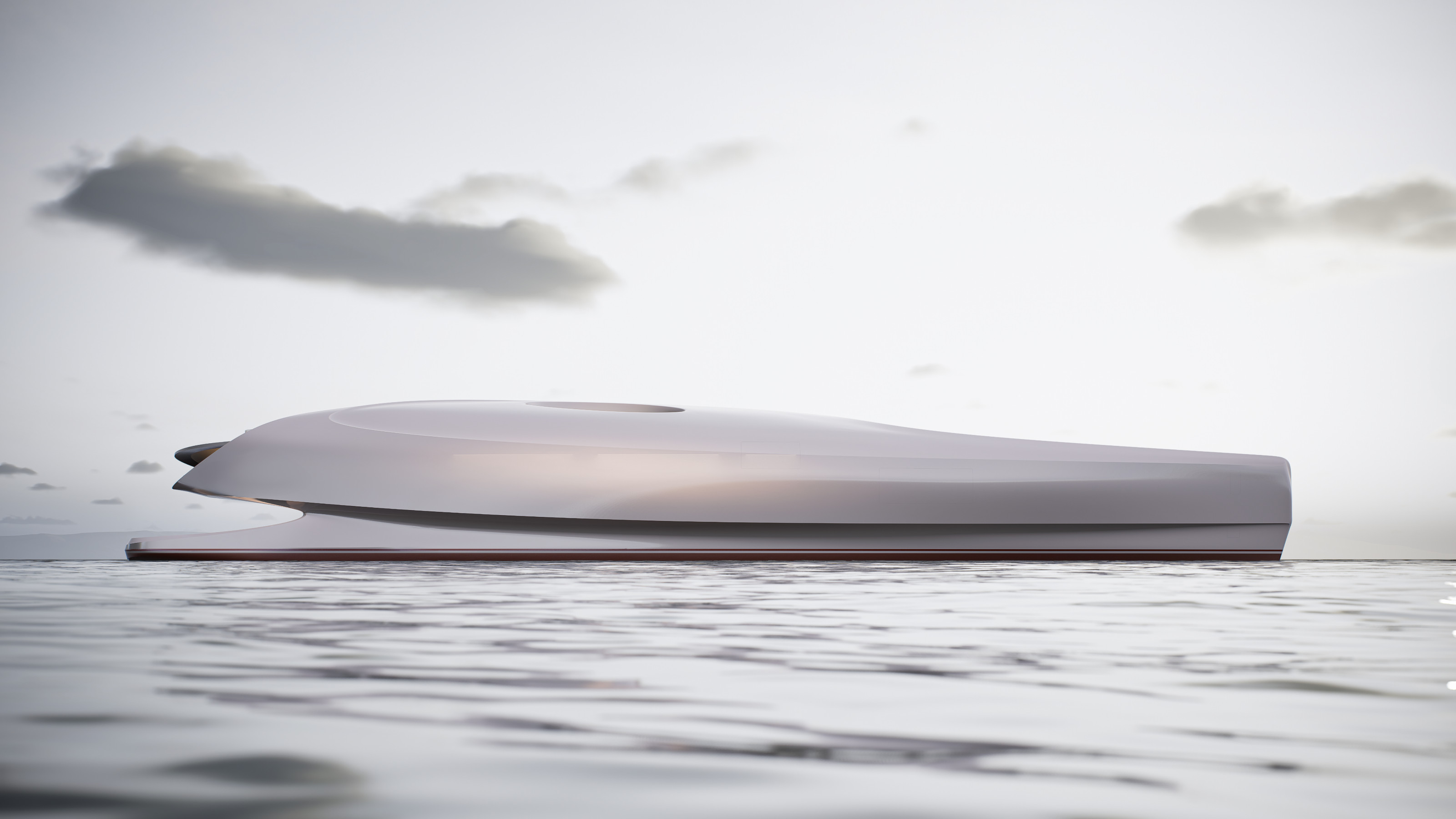 A new concept superyacht unfurls, courtesy of Vripack and Oceanco
A new concept superyacht unfurls, courtesy of Vripack and OceancoExplore Project Lily, a concept superyacht for a new generation of moneyed enthusiasts looking to push the envelope of nautical design
-
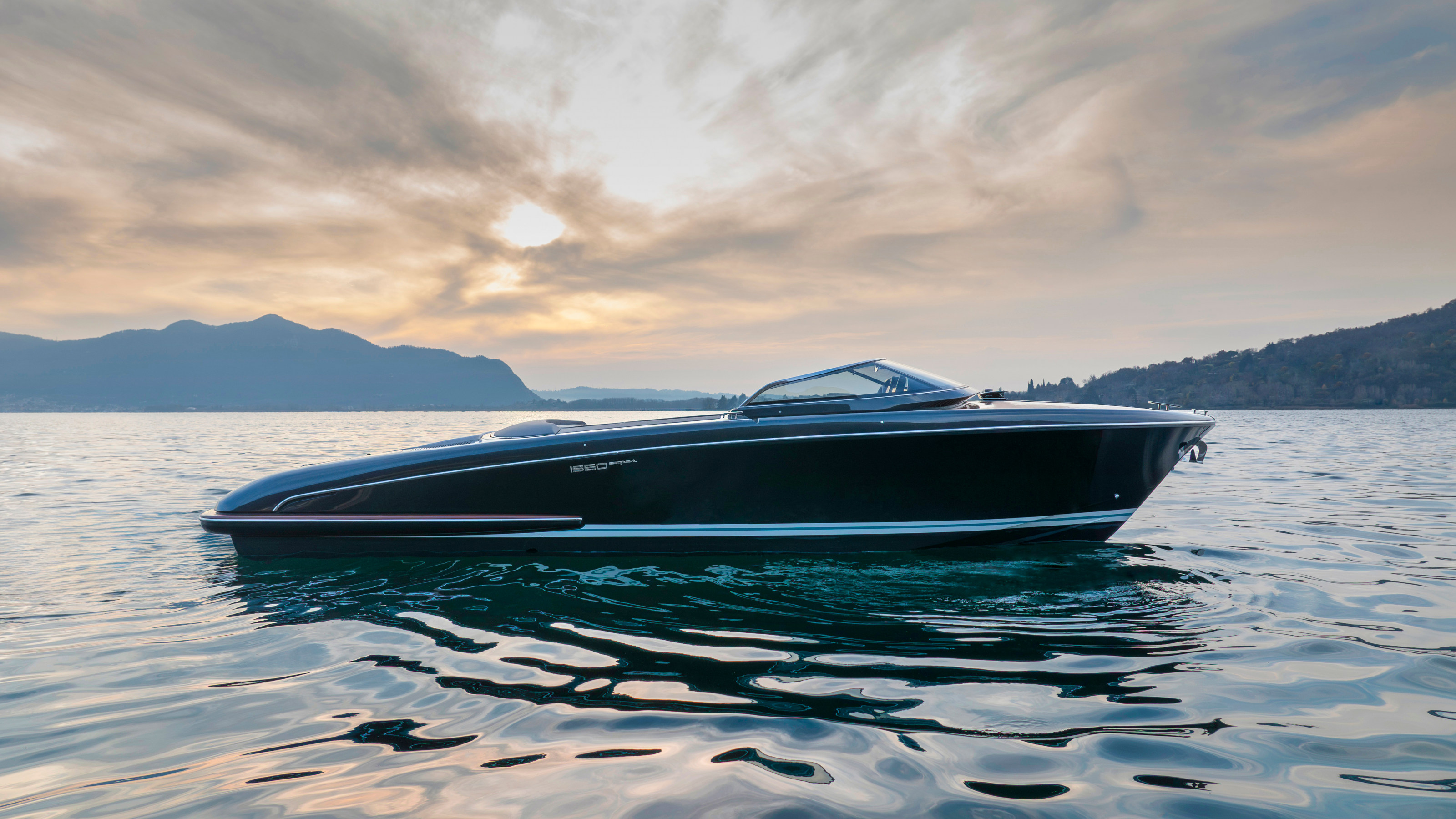 The new Riva Iseo Super continues the Italian manufacturer’s mastery of motorboat design
The new Riva Iseo Super continues the Italian manufacturer’s mastery of motorboat designA sleek 27-foot runabout, the Riva Iseo Super showcases the factors that make Riva synonymous with waterborne elegance and style